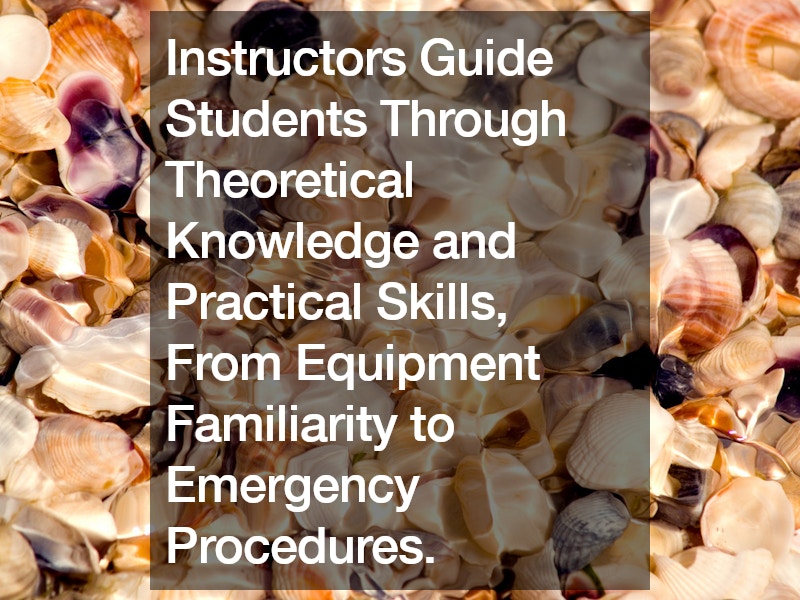
Embarking on the journey to obtain a scuba diving certification involves more than just learning to breathe underwater—it’s about understanding the intricacies of diving science. Aspiring divers should grasp the fundamentals of pressure, buoyancy, and gas laws, which are crucial for safe and enjoyable dives.
Pressure plays a pivotal role in diving science, affecting how gases behave in water. The concept of buoyancy, governed by Archimedes’ principle, determines whether divers float or sink and is finely tuned through precise weight distribution. Gas laws such as Boyle’s and Henry’s dictate how gases compress under pressure and dissolve into body tissues at depth, necessitating careful monitoring to prevent decompression sickness.
The consequences of not understanding these principles may be dire.
Enrolling in a reputable scuba certification course ensures thorough coverage of these topics. Instructors guide students through theoretical knowledge and practical skills, from equipment familiarity to emergency procedures. Understanding diving science revisited through these courses enhances safety and deepens appreciation for marine environments.
Whether exploring coral reefs or wreck sites, a certified diver equipped with diving science revisited knowledge dives with confidence and respect for the underwater world’s delicate balance. Committing to learning diving science ensures memorable and secure experiences beneath the waves.
.

